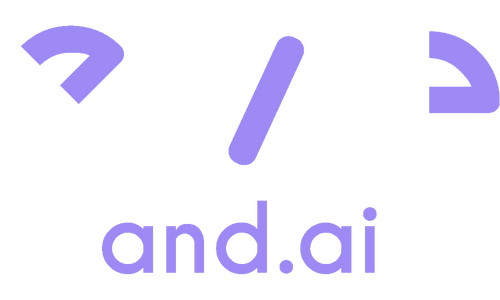Understanding Occupational Burnout
Occupational burnout is a state of physical, emotional, and mental exhaustion caused by prolonged exposure to work-related stress. It often manifests as chronic fatigue, detachment from work, and a decline in professional efficacy. Recognizing and addressing burnout is crucial for maintaining a healthy and productive workforce.
Recognising Symptoms of Burnout at Work
Identifying burnout early can prevent more severe consequences. Common symptoms include:
- Physical Exhaustion:
Persistent fatigue, headaches, or gastrointestinal issues. - Emotional Exhaustion:
Feelings of helplessness, being trapped, or defeated. - Detachment and Cynicism:
A sense of disconnection from work, leading to negative or cynical attitudes. - Reduced Performance:
Decreased productivity and a lack of satisfaction in achievements. - Sleep Disturbances:
Insomnia or disrupted sleep patterns. - Increased Absenteeism:
Frequent sick days or unexplained absences.
These symptoms not only affect individual well-being but also impact team dynamics and overall organizational performance.

Strategies for Leaders to Reduce Workplace Burnout
Leaders play a pivotal role in mitigating burnout. Here are actionable strategies:
- Foster Open Communication
- Encourage Feedback: Create an environment where employees feel safe to express concerns without fear of retribution.
- Regular Check-Ins: Hold consistent one-on-one meetings to discuss workload, challenges, and well-being.
- Promote Work-Life Balance
- Flexible Scheduling: Allow for adaptable work hours to accommodate personal responsibilities.
- Encourage Time Off: Advocate for the use of vacation days and mental health breaks to recharge.
- Manage Workload Effectively
- Set Realistic Goals: Ensure that targets are achievable and aligned with available resources.
- Delegate Tasks: Distribute responsibilities to prevent overburdening individuals.
- Recognize and Reward Efforts
- Acknowledge Achievements: Celebrate both small and significant accomplishments to boost morale.
- Provide Incentives: Offer rewards such as bonuses, extra time off, or public recognition.
- Invest in Professional Development
- Training Opportunities: Offer workshops and courses to enhance skills and career growth.
- Mentorship Programs: Pair employees with mentors to provide guidance and support.
- Cultivate a Positive Work Environment
- Team Building Activities: Organize events that promote collaboration and camaraderie.
- Promote Inclusivity: Ensure that all employees feel valued and included.
- Provide Access to Mental Health Resources
- Employee Assistance Programs (EAPs): Offer confidential counseling services.
- Stress Management Workshops: Provide sessions on coping mechanisms and relaxation techniques.
- Lead by Example
- Demonstrate Self-Care: Showcase the importance of balancing work and personal life.
- Maintain Transparency: Be open about challenges and how you’re addressing them.

Implementing a Burnout Prevention Plan
Developing a comprehensive plan can proactively address burnout:
- Assess the Current Environment: Conduct surveys or focus groups to gauge employee satisfaction and identify stressors.
- Set Clear Objectives: Define what success looks like in terms of reducing burnout.
- Allocate Resources: Dedicate time and budget to initiatives aimed at improving well-being.
Monitor Progress: Regularly review the effectiveness of implemented strategies and adjust as needed.
Conclusion
Addressing occupational burnout requires a multifaceted approach that prioritizes open communication, balanced workloads, and a supportive work environment. By recognizing the symptoms and implementing proactive strategies, leaders can foster a culture where employees thrive, leading to sustained organizational success.





